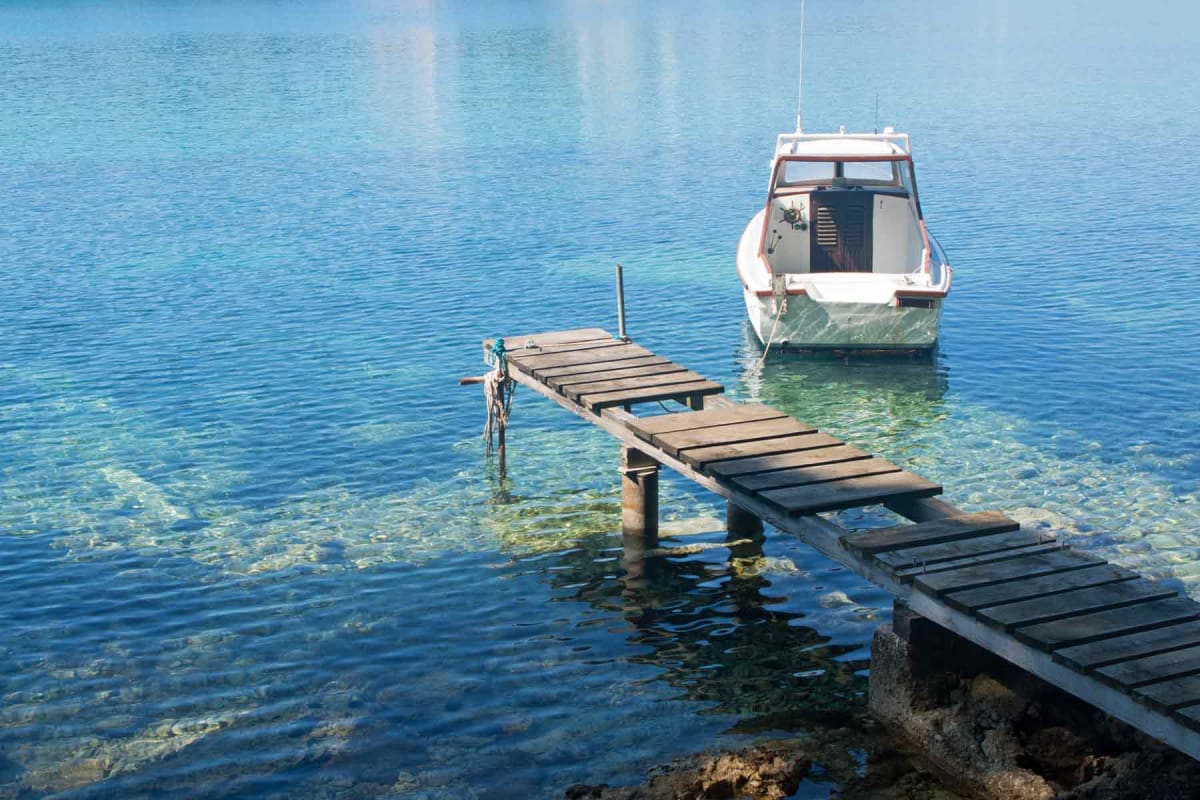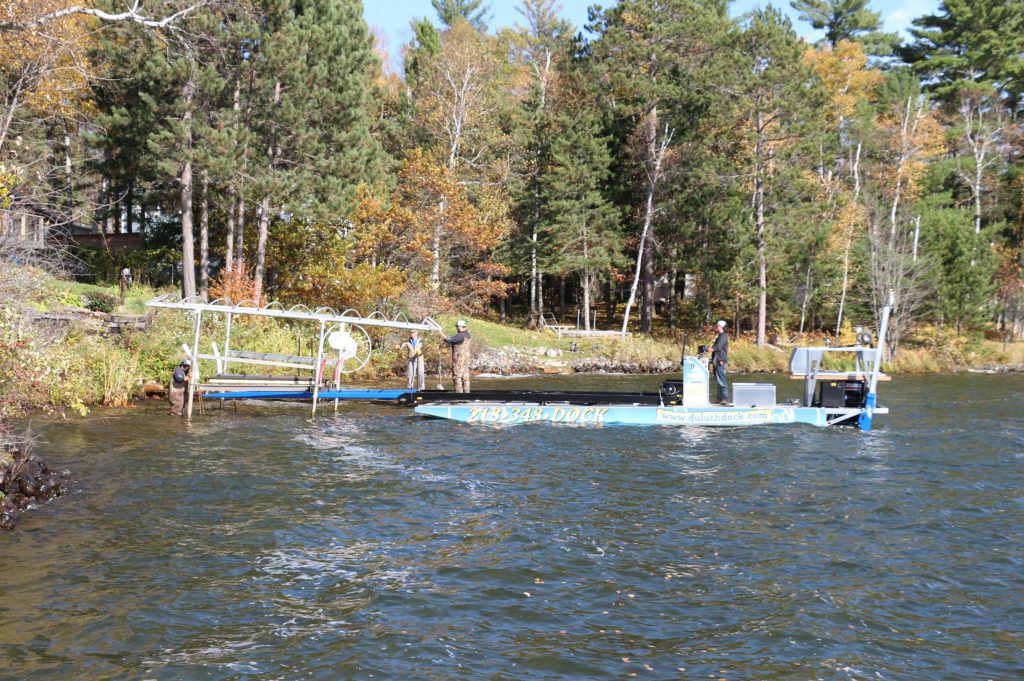How to Pick the Right Solution for Your Dock Repairs
How to Address Common Dock Repair Work Issues for Safe Water Activities

Identifying Common Dock Issues
Recognizing usual dock concerns is vital for keeping the capability and safety and security of your beachfront building. Normal inspections can aid uncover issues prior to they come to be serious, guaranteeing both the long life of the dock and the security of those who use it. One prevalent issue is corroded or loose bolts. With time, screws, screws, and other bolts can become loosened because of constant exposure to water and climate aspects, causing structural instability.
Another common issue is the deterioration of flotation devices. These devices are crucial for maintaining the dock resilient, and any kind of damages or punctures can create the dock to list or sink. Routinely examining for leaks or water logged drifts can preempt more substantial issues.
Furthermore, algae and barnacle buildup on the dock's surface area can develop hazardous and unsafe problems. This biofouling not only presents a danger to individuals but can likewise accelerate the damage of the dock materials.
Finally, examining for signs of rust on metal elements is necessary. Corrosion can endanger the stability of the dock's structure, making it hazardous. By consistently identifying these common dock problems, you can ensure that your dock stays safe and useful for many years to find.
Fixing Rotting Timber
When addressing the issue of deteriorating timber on your dock, it is vital to act promptly to avoid further degeneration. Begin by extensively evaluating the whole framework to identify all affected areas. Make use of a screwdriver to penetrate the timber; if it sinks in conveniently, the timber is likely decomposed and needs immediate attention.
Be sure to cut back to healthy, strong wood, guaranteeing you eliminate all endangered product. After elimination, deal with the continuing to be timber with a timber chemical to stop future rot.
Following, change the removed sections with marine-grade lumber or pressure-treated timber, which are more immune to water damage. Protect the new items with galvanized or stainless-steel bolts to protect against deterioration. In addition, applying a waterproof sealant to the brand-new wood can provide an extra layer of security.
Securing Loosened Boards
Just how do you ensure your dock continues to be risk-free and practical for all its customers? One critical facet is safeguarding loose boards, which can otherwise posture considerable threats. Loose boards not just enhance the address threat of stumbling but can additionally compromise the structural honesty of the whole dock.

For reinstallation, utilize galvanized or stainless steel screws, as these materials supply premium resistance to deterioration in aquatic environments. Ensure the screws are long enough to permeate deep into the underlying support structure, but not as long that they stick out with the dock's surface. Pre-drilling pilot holes can help prevent the timber from splitting.
Lastly, keep a normal inspection timetable to identify and resolve any kind of brand-new concerns immediately. By safeguarding loose boards effectively, you add to the general safety and security and durability of your dock, making it a trusted system for water activities.
Supporting Unstable Pilings
Making certain the stability of unstable pilings is critical to keeping a secure and practical dock. Unsteady pilings can jeopardize the whole framework, posturing considerable threats to users and possibly causing pricey repairs. The very first action in stabilizing these vital parts is a comprehensive examination. Check out the pilings for indicators of rot, damages, or moving. Use a degree to inspect for upright placement and guarantee they are driven deep sufficient into the substrate to give adequate assistance.
If the pilings are found to be unstable, one efficient approach for reinforcement is the usage of additional supporting. Cross-bracing with treated lumber or galvanized metal can dramatically improve security. Support the braces safely to both the pilings and the dock framework to disperse lots equally.

Routine upkeep and periodic review of the pilings' security are essential to guaranteeing long-lasting dock security and functionality.
Changing Rusty Equipment
Dealing with unsteady pilings is simply one element of maintaining a dock's stability; one more important important link issue is changing rustic hardware. Over time, direct exposure to moisture and salt can bring about the oxidation and rust of bolts, screws, and braces, endangering the entire framework's safety. Regular inspection for corrosion is essential, specifically after severe climate or seasonal modifications.
When corroded hardware is determined, immediate activity is required. Begin by choosing marine-grade stainless-steel or galvanized hardware, both made to resist the extreme marine atmosphere. Guarantee that you have the ideal devices, such as screwdrivers and wrenches, to safely eliminate the old, corroded pieces without causing further damages to the dock.
After getting rid of the rusty equipment, extensively tidy the impacted this post areas to get rid of any recurring rust or debris. Use a rust-inhibiting primer to exposed metal surface areas prior to installing the brand-new equipment. Tighten up all fixtures securely to avoid future loosening, and periodically inspect the fittings to make certain recurring stability.
Replacing corroded hardware not just prolongs the dock's life-span yet additionally significantly improves the safety and security of water tasks. By proactively taking care of corrosion, you protect both the framework and its customers, ensuring a secure and pleasurable waterside experience.
Conclusion
Regular inspections and maintenance are vital to attend to common dock fixing problems and make sure risk-free water activities. Such proactive measures add to the overall safety and security and functionality of dock frameworks, promoting a protected environment for water-based activities.
Guaranteeing the safety and security of water activities hinges significantly on the proper upkeep and repair work of docks (Dock Repairs). These devices are crucial for keeping the dock resilient, and any damage or leaks can create the dock to list or sink. By regularly recognizing these typical dock concerns, you can ensure that your dock stays useful and secure for years to come
Making certain the stability of unsteady pilings is paramount to maintaining a risk-free and useful dock.Regular evaluations and upkeep are crucial to deal with usual dock repair service concerns and ensure risk-free water tasks.